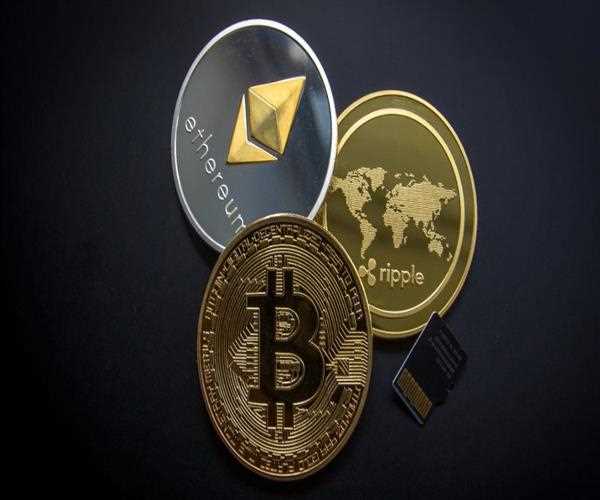The landscape of digital payments has witnessed a remarkable transformation in recent years, driven by technological advancements and changing consumer preferences. With the emergence of cryptocurrencies and the growing interest of central banks in developing their digital currencies, the future of digital payments is poised for a significant paradigm shift. In this blog, we will explore the potential of cryptocurrencies, the role of central banks, and other innovations that may shape the future of digital payments.
Cryptocurrencies: A Decentralized Future
Cryptocurrencies, like Bitcoin and Ethereum, have emerged as disruptive innovations, offering decentralized, peer-to-peer digital payments without the need for intermediaries like banks. The underlying blockchain technology ensures secure and transparent transactions, fostering trust among users. As cryptocurrencies gain mainstream acceptance, they have the potential to revolutionize digital payments by providing faster, cheaper, and borderless transactions.
Moreover, the introduction of stablecoins, which are cryptocurrencies pegged to traditional assets like fiat currencies, reduces the volatility associated with cryptocurrencies, making them more attractive for daily transactions and e-commerce.
Central Bank Digital Currencies (CBDCs): A Government-Backed Revolution
Central banks worldwide are exploring the concept of Central Bank Digital Currencies (CBDCs), which are digital versions of fiat currencies issued and regulated by central authorities. CBDCs aim to complement physical cash and conventional digital payment systems, offering benefits like enhanced security, efficiency, and financial inclusion.
CBDCs can revolutionize cross-border transactions, reduce transaction costs, and improve the overall efficiency of monetary policies. Moreover, they can facilitate direct transfers to citizens during times of economic crises, providing a more targeted approach to stimulus packages.
The Rise of Digital Wallets
Digital wallets have gained immense popularity as smartphone penetration continues to grow globally. These mobile applications offer a secure and convenient way to store payment information, allowing users to make contactless payments in physical stores or conduct online transactions with ease. As digital wallets integrate additional functionalities like loyalty programs and financial management tools, they are becoming an integral part of the future of digital payments.
Internet of Things (IoT) and Payments
The Internet of Things (IoT) is connecting everyday objects to the internet, enabling them to exchange data and perform tasks autonomously. In the future, IoT will likely play a vital role in digital payments, facilitating seamless transactions between interconnected devices. For instance, a smart refrigerator could autonomously order groceries and pay for them using stored payment information in the user's digital wallet.
Biometric Authentication and Security
Security remains a paramount concern in digital payments. Biometric authentication, such as fingerprint scanning and facial recognition, offers a secure and convenient way to verify transactions, reducing the risk of fraud and identity theft. As technology continues to advance, biometric authentication is expected to become more widespread, enhancing the security of digital payments.
Tokenization for Enhanced Security
Tokenization is a process where sensitive payment information is replaced with a unique identifier or token. This token is used for transactions, reducing the risk of data breaches and enhancing security. Tokenization technology ensures that even if a token is intercepted, the sensitive payment data remains safe, thus safeguarding digital payments.
Integration of Artificial Intelligence (AI)
Artificial Intelligence (AI) is revolutionizing various industries, and the world of digital payments is no exception. AI-powered algorithms can detect and prevent fraudulent activities, offer personalized product recommendations, and optimize payment processes. Additionally, AI-driven chatbots and virtual assistants are improving customer service and support for digital payment users.
Conclusion
The future of digital payments holds immense potential for transformation and progress. Cryptocurrencies offer a decentralized alternative to traditional payment systems, while Central Bank Digital Currencies (CBDCs) are set to revolutionize the way central banks manage monetary policies and support financial inclusion. Digital wallets, IoT, and tokenization promise greater convenience, security, and efficiency for consumers and businesses alike.
As technology continues to advance, artificial intelligence will play a crucial role in ensuring secure transactions, combating fraud, and providing personalized experiences. The future of digital payments is undeniably exciting, and its evolution will be shaped by a harmonious integration of these innovative technologies. Embracing these changes responsibly and adapting to the evolving landscape will pave the way for a more seamless, secure, and inclusive digital payment ecosystem.




Leave Comment